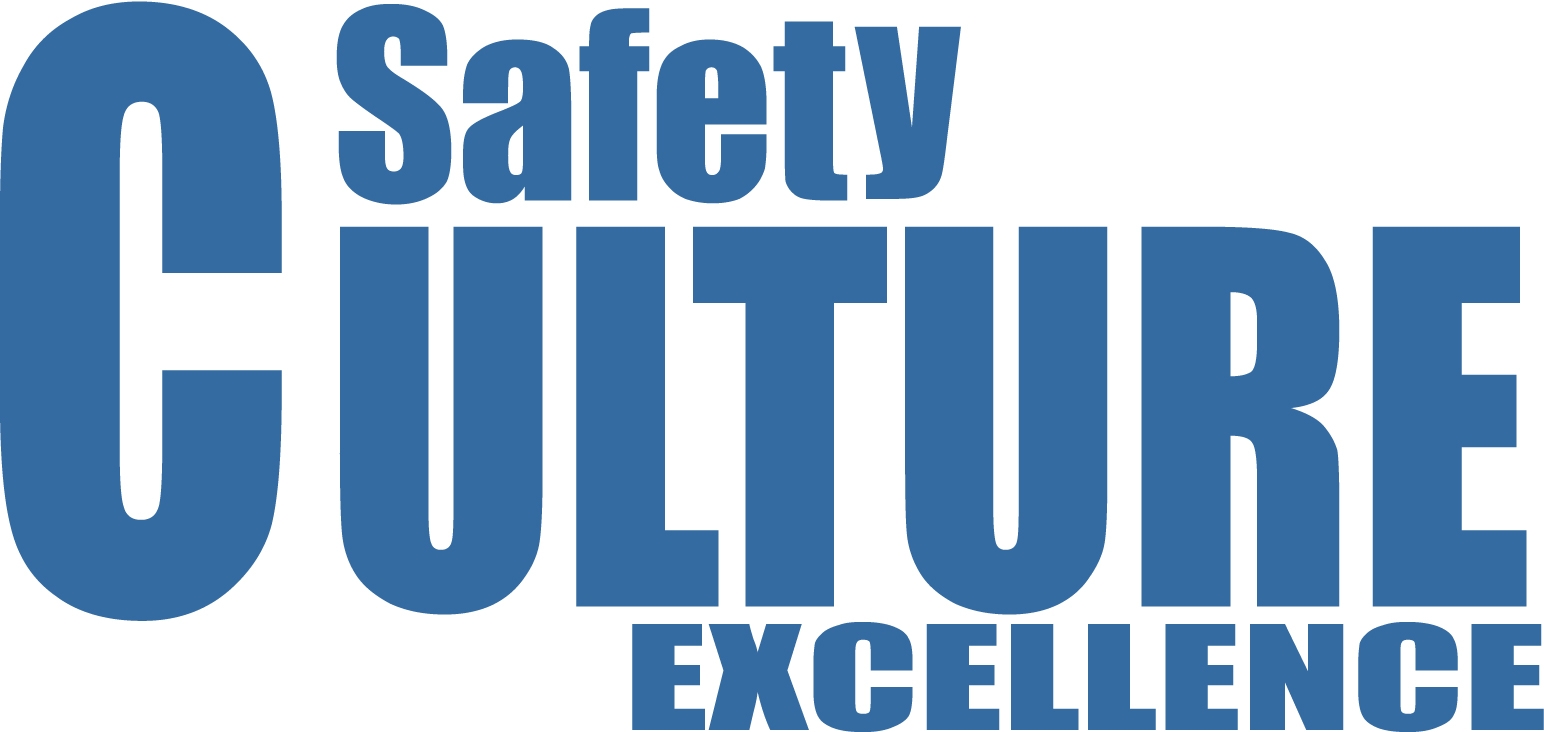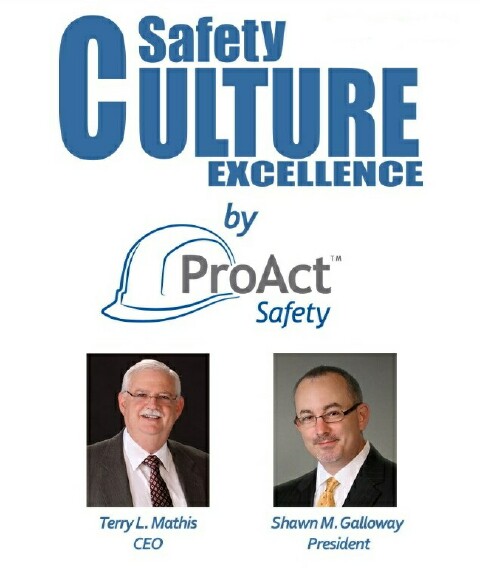Episodes

Monday Mar 10, 2014
332 - Shaping the Safety Culture of Project-Based Workforces
Monday Mar 10, 2014
Monday Mar 10, 2014
Greetings everyone, this podcast recorded while in Morgan City, LA. I’d like to share an article Terry L. Mathis wrote that was published February 2014 in EHS Today Magazine. The published article can either be found on the magazine’s website or under Insights at www.ProActSafety.com.
I hope you enjoy the podcast this week. If you would like to download or play on demand our other podcasts, please visit the ProAct Safety’s podcast website at: http://www.safetycultureexcellence.com. If you would like access to archived podcasts (older than 90 days – dating back to January 2008) please visit www.ProActSafety.com/Store. For more detailed strategies to achieve and sustain excellence in performance and culture, pick up a copy of our book, STEPS to Safety Culture Excellence - http://proactsafety.com/insights/steps-to-safety-culture-excellence
Have a great week!
Shawn M. Galloway
ProAct Safety

Wednesday Mar 05, 2014
Heads and Habits
Wednesday Mar 05, 2014
Wednesday Mar 05, 2014
I recently attended a safety training session in which the three types of distracted driving were being taught and discussed. I stood outside the door after the training and asked the departing trainees if they could name the three types of distractions. Only one of ten could name two of the three, three more could name one and the rest could not remember any of the three. If those being trained cannot remember the training on the way out of the classroom the chances of them adopting the safety practices and turning them into safety habits is virtually non-existent.
The principle is this, “If you don’t get it into workers’ heads, you won’t get it into their habits.” Training that isn’t memorable or sticky is not effective training. Safety training that does not utilize mnemonic devices, repetition and post-testing may meet legal requirements, but it won’t improve safety performance. Even with such training techniques, too much training material can create overload rather than internalization of the materials.
Remember the principle. Before taking workers away from work and putting them in classrooms or in front of computers, consider rethinking your training strategies to make the most effective use of the time and a greater return on investment.
-Terry L. Mathis
Terry L. Mathis is the founder and CEO of ProAct Safety, an international safety and performance excellence firm. He is known for his dynamic presentations in the fields of behavioral and cultural safety, leadership, and operational performance, and is a regular speaker at ASSE, NSC, and numerous company and industry conferences. EHS Today listed Terry as a Safety Guru in ‘The 50 People Who Most Influenced EHS in 2010, 2011 and 2012-2013. He has been a frequent contributor to industry magazines for over 15 years and is the coauthor of STEPS to Safety Culture Excellence, 2013, WILEY.

Monday Mar 03, 2014
331 - Profound Knowledge: What Drives Your Safety Strategy
Monday Mar 03, 2014
Monday Mar 03, 2014
Greetings everyone, this podcast recorded while in Gonzales, LA. I’d like to share an article I wrote that was published February 2014 in OH&S Magazine. The published article can either be found on the magazine’s website or under Insights at www.ProActSafety.com.
I hope you enjoy the podcast this week. If you would like to download or play on demand our other podcasts, please visit the ProAct Safety’s podcast website at: http://www.safetycultureexcellence.com. If you would like access to archived podcasts (older than 90 days – dating back to January 2008) please visit www.ProActSafety.com/Store. For more detailed strategies to achieve and sustain excellence in performance and culture, pick up a copy of our book, STEPS to Safety Culture Excellence - http://proactsafety.com/insights/steps-to-safety-culture-excellence
Have a great week!
Shawn M. Galloway
ProAct Safety

Monday Feb 24, 2014
330 - What Followers Want In Their Leaders
Monday Feb 24, 2014
Monday Feb 24, 2014
Greetings everyone, this podcast recorded while in Denver, CO. I’d like to share an article I wrote that was published February 2014 in BIC Magazine. The published article can either be found on the magazine’s website or under Insights at www.ProActSafety.com.
I hope you enjoy the podcast this week. If you would like to download or play on demand our other podcasts, please visit the ProAct Safety’s podcast website at: http://www.safetycultureexcellence.com. If you would like access to archived podcasts (older than 90 days – dating back to January 2008) please visit www.ProActSafety.com/Store. For more detailed strategies to achieve and sustain excellence in performance and culture, pick up a copy of our book, STEPS to Safety Culture Excellence - http://proactsafety.com/insights/steps-to-safety-culture-excellence
Have a great week!
Shawn M. Galloway
ProAct Safety

Wednesday Feb 12, 2014
Backward Safety Practices
Wednesday Feb 12, 2014
Wednesday Feb 12, 2014
When safety practice ignores the facts it’s no wonder why things don’t work well. Research has shown and re-affirmed several facts that have escaped attention or reaction from common safety practices. The following is only a short list of examples:
Fact: People react emotionally before they react rationally.
Practice: We try to convince people first with logic and then get them involved and bought in.
Fact: People remember concrete facts better than abstract concepts.
Practice: We generalize about safety and then (maybe) back up our generalization with specific examples.
Fact: The messenger is often as important the message.
Practice: We send out safety messages via email or ask whoever is available to deliver the message.
Fact: Discovery learning is best.
Practice: We tell everything rather than letting people extract lessons from stories.
As long as safety practices ignore the facts we can expect them to produce less than stellar results. What other facts do you see safety practices ignore?
-Terry L. Mathis
Terry L. Mathis is the founder and CEO of ProAct Safety, an international safety and performance excellence firm. He is known for his dynamic presentations in the fields of behavioral and cultural safety, leadership, and operational performance, and is a regular speaker at ASSE, NSC, and numerous company and industry conferences. EHS Today listed Terry as a Safety Guru in ‘The 50 People Who Most Influenced EHS in 2010, 2011 and 2012-2013. He has been a frequent contributor to industry magazines for over 15 years and is the coauthor of STEPS to Safety Culture Excellence, 2013, WILEY.

Wednesday Feb 05, 2014
What is Your Safety Culture Good at?
Wednesday Feb 05, 2014
Wednesday Feb 05, 2014
I just heard another organizational leader claim that he had good safety programs and a good safety culture and couldn’t figure out why he still had accidents. The two greatest problems with such leaders is already stated: they don’t know why they have accidents and they are satisfied that something is good even when it does not produce results.
These leaders are not entirely to blame. They have been told by the “experts” that good safety programs and a good safety culture have certain characteristics. If their programs and safety culture have these characteristics, they must be good ones. The true measure of a safety program or culture is not what it is “like” but “what it can do and does.” If you have too many accidents, your programs and culture are not doing what they should do. If you don’t know why, you can’t lead your organization to better results.
This problem is simply an application of the age-old tendency to mistake activity for results. This is why we have both process metrics and results metrics: so we can see if we are working our plan and also see if our plan is working. A culture that wants to prevent accidents is not automatically a culture that knows how to prevent accidents. Work on your culture’s capabilities and not just its characteristics.
-Terry L. Mathis
Terry L. Mathis is the founder and CEO of ProAct Safety, an international safety and performance excellence firm. He is known for his dynamic presentations in the fields of behavioral and cultural safety, leadership, and operational performance, and is a regular speaker at ASSE, NSC, and numerous company and industry conferences. EHS Today listed Terry as a Safety Guru in ‘The 50 People Who Most Influenced EHS in 2010, 2011 and 2012-2013. He has been a frequent contributor to industry magazines for over 15 years and is the coauthor of STEPS to Safety Culture Excellence, 2013, WILEY.

